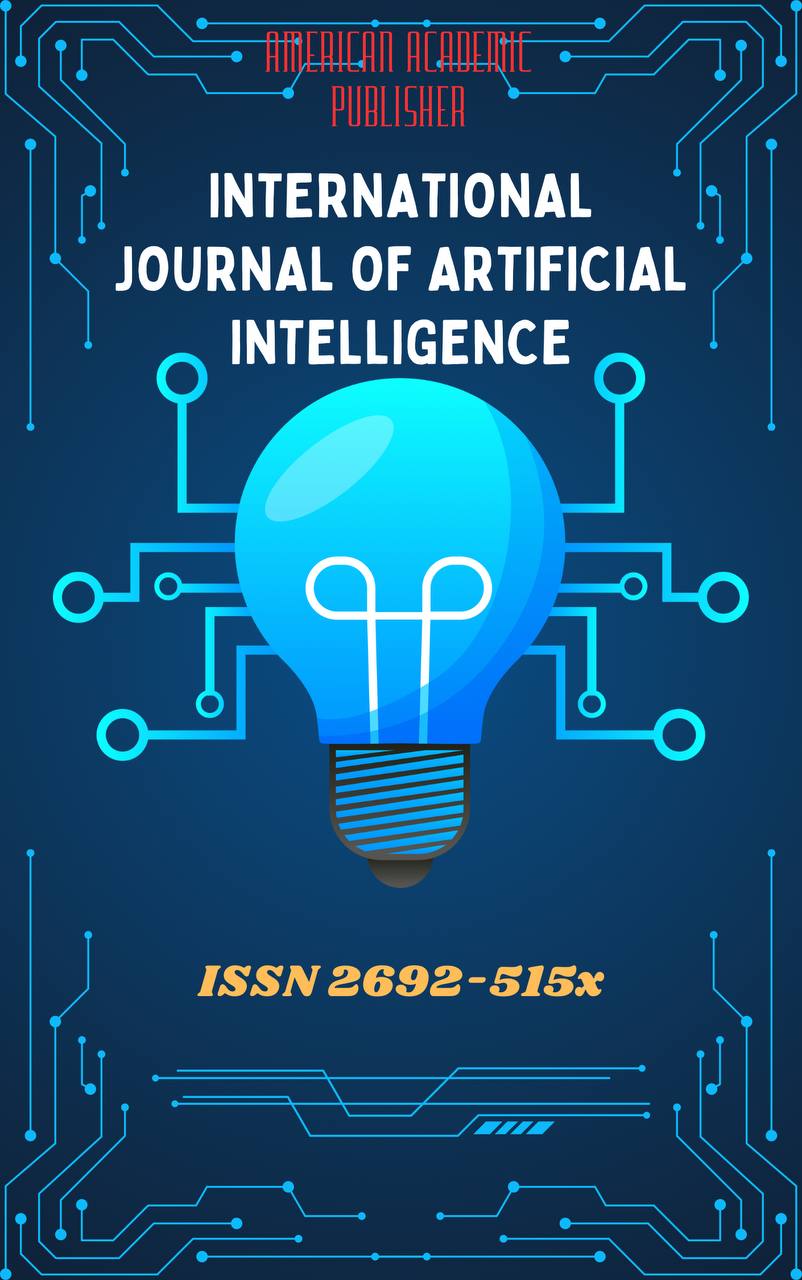 Articles
| Open Access |
Articles
| Open Access | SIMILARITIES AND DIFFERENCES IN WORD FORMATION BETWEEN AGGLUTINATIVE LANGUAGES (TURKIC LANGUAGES) AND FUSIONAL LANGUAGES (ENGLISH)
Ismoilova Charos Shuhrat kizi , English teacher, Independent researcher, University of Economics and Pedagogy, Samarkand kampus Samarkand, UzbekistanAbstract
This article examines the processes of word formation in Turkic languages, with particular focus on Turkish and English, highlighting the similarities and differences between agglutinative and fusional language types. Agglutinative languages are characterized by the linear addition of affixes to a root word, where each affix typically expresses a single grammatical feature. In contrast, English, as a fusional language, often combines multiple grammatical meanings within a single affix. The study investigates the morphological structures, affixation patterns, syntactic influences, and semantic changes in these language families. Findings indicate that although both language types use affixes in word formation, the ways grammatical words and phrases function and are used in a foreign language differ significantly due to variations in syntactic structure, inflection, and derivation.
Keywords
agglutinative, fusional, word formation, Turkic languages, English, morphology, affixation, inflection, root.
References
Adnan Öztürel, Tolga Kayadelen and Isın Demirsahin.2019. A Syntactically Expressive Morphological Analyzer for Turkish.
Greenberg, J. H. (1963). Some Universals of Grammar with Particular Reference to the Order of Meaningful Elements. In Universals of Language (pp. 73-113). MIT Press.
Hock, H. H. (2007). The History of English and the Evolution of Its Morphosyntactic Structures. Oxford University Press.
Kiparsky, P. (1982). From Cyclic Phonology to Lexical Phonology. Theoretical Linguistics, 9(3), 171–202.
Lewis, G. (2000). Turkish Grammar. Oxford University Press.
Spencer, A. (2003). Introduction to Morphological Analysis. Cambridge University Press.
Comrie, B. (1981). Language Universals and Linguistic Typology. University of Chicago Press.
Haspelmath, M. (2002). Understanding Morphology. Oxford University Press.
Johanson, L. (1998). The Turkic Languages. Routledge.
Yükseker, D. (2010). Turkish Morphology: An Overview. The Linguistic Society of America.
Matthews, P. H. (2007). The Concise Oxford Dictionary of Linguistics. Oxford University Press.
Blake, B. J. (2001). Case. Cambridge University Press.
Bickerton, D. (2009). Language and Species. University of Chicago Press.
Witzel, M. (2016). The Evolution of Agglutination. Journal of Linguistic Anthropology, 26(3), 201-215.
Chomsky, N. (1995). The Minimalist Program. MIT Press.
Haspelmath, M., & Sims, C. (2010). Understanding Morphology: A Guide to Word Formation. Oxford University Press.
Givón, T. (2001). Syntax: An Introduction. John Benjamins Publishing.
Reh, M. (1984). Agglutination in Language Typology. Studies in Language, 8(2), 163-202.
Sadler, L., & Spencer, A. (2001). Syntax and Morphology of the Turkic Languages. Journal of Linguistics, 37(1), 45-62.
Tamer, S. (2012). Turkish Morphology and Syntactic Structures. Turkic Language Studies, 17(4), 40-58.
Article Statistics
Downloads
Copyright License

This work is licensed under a Creative Commons Attribution 4.0 International License.

